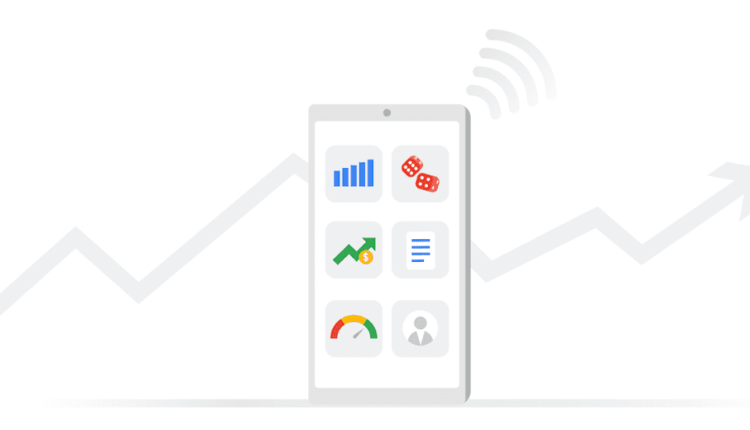In the dynamic world of mobile applications, monetization is a crucial aspect that developers must master to ensure their app’s sustainability. One of the most effective strategies to boost ad revenue is app mediation. This article will delve into what app mediation is, how it works, and why it is essential for app developers.
What is App Mediation?
App mediation is a technology that helps mobile app developers maximize their ad revenue by managing and optimizing multiple ad networks in one place. Instead of relying on a single ad network to serve ads in an app, mediation platforms allow developers to connect to several ad networks simultaneously. The platform then selects the best ad to display based on various factors like highest revenue potential, user preferences, and more.
How Does App Mediation Work?
At its core, app mediation operates as a bridge between app developers and multiple ad networks. Here’s how it typically works:
- Integration of Multiple Ad Networks: App developers integrate various ad networks into their app through a mediation platform. This platform serves as a central hub where all the ad networks are connected.
- Ad Requests: When a user opens the app, an ad request is sent to the mediation platform.
- Auction Process: The mediation platform conducts an auction among the connected ad networks. Each network bids for the opportunity to serve the ad based on the price they are willing to pay, usually determined by metrics such as cost-per-thousand impressions (CPM).
- Ad Selection: The ad network that offers the highest bid wins the auction, and its ad is further served to the user.
- Performance Tracking: The mediation platform continuously monitors the performance of each ad network and optimizes future ad selections based on this data.
Benefits of App Mediation
Using app mediation offers several advantages for developers looking to monetize their apps effectively:
- Increased Revenue: By allowing multiple ad networks to bid for ad placements, app mediation increases competition, leading to higher bids and, consequently, higher revenue for developers.
- Access to a Broader Pool of Advertisers: With multiple ad networks integrated, developers can tap into a larger pool of advertisers, ensuring that they have a steady stream of ads to display.
- Enhanced Fill Rates: Mediation platforms often have algorithms designed to maximize fill rates, ensuring that no ad request goes unanswered. This reduces the chances of missing out on potential revenue.
- Optimization and Automation: App mediation platforms use advanced algorithms to automatically optimize ad performance, saving developers time and effort. They can analyze data in real-time to select the most profitable ads and networks.
- Improved User Experience: By selecting ads that are more relevant to users, mediation can enhance the overall user experience. Thus, leading to higher engagement and retention rates.
Challenges of App Mediation
While app mediation offers numerous benefits, it is not without its challenges:
- Complex Integration: Integrating multiple ad networks through a mediation platform can be technically challenging and time-consuming. Especially for developers with limited resources.
- Data Management: Managing and analyzing data from multiple ad networks can be overwhelming. Developers need to have a good understanding of the metrics and tools used to make informed decisions.
- Revenue Sharing: Some mediation platforms charge a fee or take a percentage of the revenue generated. This could reduce overall earnings.
- Network Latency: The auction process among multiple networks can sometimes introduce latency, leading to delays in ad loading, which could negatively impact user experience.
Popular App Mediation Platforms
Several platforms are available in the market, each offering unique features and benefits. Some of the most popular ones include:
- Google AdMob Mediation: One of the most widely used mediation platforms, AdMob offers seamless integration with various ad networks. AdMob also provides advanced optimization features.
- ironSource: Known for its strong analytics and user segmentation capabilities, ironSource is indeed a preferred choice for many developers.
- MoPub: Acquired by AppLovin, MoPub is recognized for its transparency and control, allowing developers to manage their ad networks effectively.
- MAX by AppLovin: MAX offers a comprehensive suite of tools for managing and optimizing ad revenue. Therefore, making it a popular choice among developers.
Conclusion

App mediation is indeed a powerful tool for mobile app developers looking to maximize their ad revenue. By connecting to multiple ad networks, automating the ad selection process, and optimizing performance, mediation platforms help developers increase their earnings while providing a better user experience. Despite the challenges, the benefits make it a valuable strategy for app monetization in today’s competitive market.
Frequently Asked Questions
1. What is app mediation?
App mediation is a technology that allows mobile app developers to connect and manage multiple ad networks simultaneously, optimizing ad revenue by selecting the highest-paying ads for display.
2. How does it improve revenue?
By creating competition among multiple ad networks, it ensures that the highest bidder wins. Thus, resulting in higher CPMs and increased overall revenue.
3. Is it suitable for all apps?
Yes, it can benefit any app that relies on ad revenue, from small indie apps to large-scale applications, by maximizing ad fill rates as well as revenue.
4. Do such platforms charge a fee?
Some platforms may indeed charge a fee or take a percentage of the revenue generated. This can vary depending on the platform and services provided.


